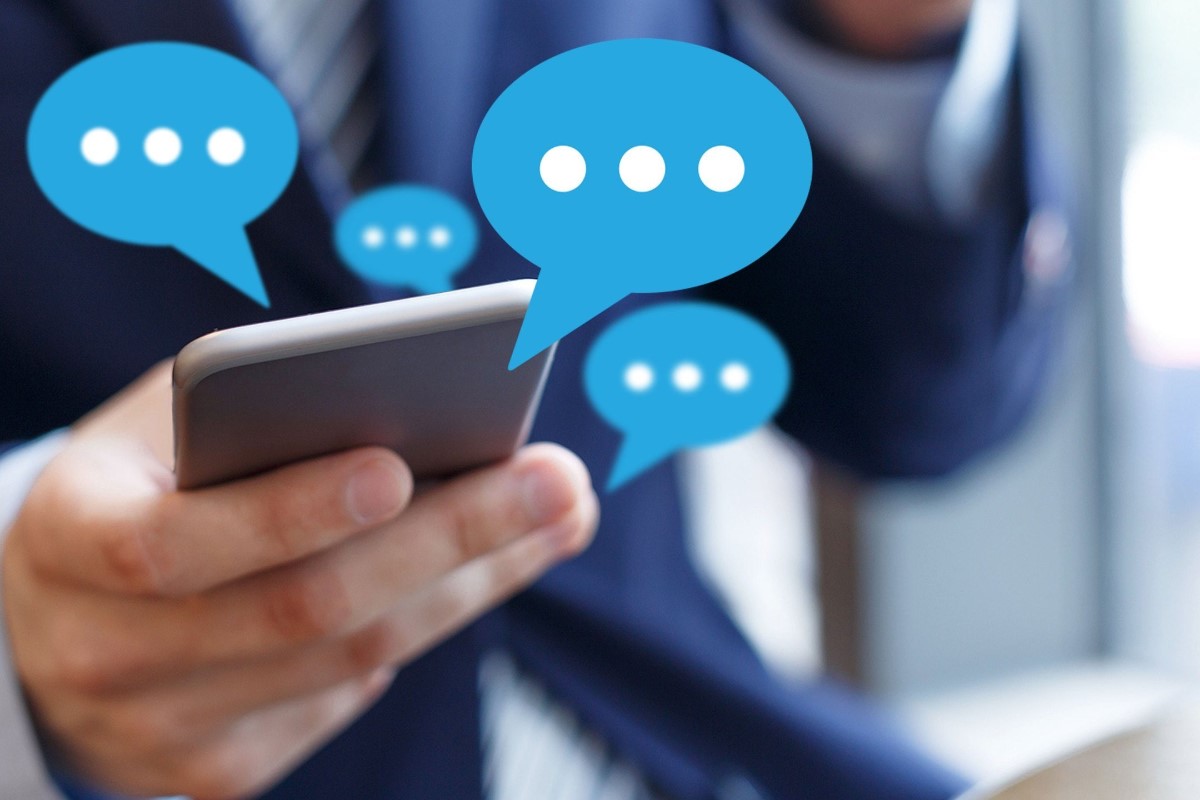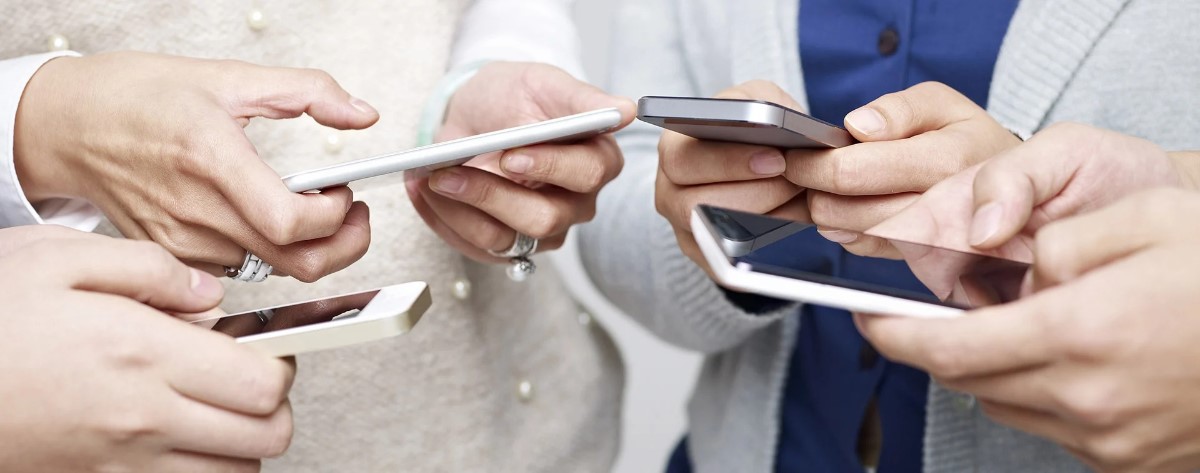Most everyone sends a text message daily. SMS (Short Message Service) makes it possible for us to send texts.
We are going to investigate the realm of SMS text messaging and its impact on the world and our lives.
Texting is mostly used as a simple communication tool to build and maintain connections
For instance, when we have loved ones that live far away, text messaging helps keep us in touch.
Mobile phones are in the hands of over 7 billion people across the globe. Mobile phones make it possible for around 5 billion of the 7 billion mobile users to send texts.
That translates to 68% of all mobile users in the world.
Have you ever counted how many text messages you personally send every day?
Let’s see how many texts are sent per day.
Post Contents
How Many Texts Are Sent per Day?
Every day mobile phone users across the globe send an estimated 23 to 27 billion text messages.
This figure converts to about 270,000 SMS text messages per second. Even with 5 billion people with mobile phones who send texts, this is a considerable number.
In the United States alone, over 6 billion SMS text messages are sent each day. In the Philippines, more than 1 billion texts are sent per day.
For perspective, 5 billion mobile phone users represent roughly 65% of the global population.
An Asurion survey from 2019 revealed that Americans check their mobile phones at least 96 times a day, which translated into once every 10 minutes.
According to the study, this data showed a 20% daily rise over the year as compared to the two previous years.
The number of SMS text messages sent per day shouldn’t be surprising.
Who Sends SMS Text Messages?

Now that we know 23 to 27 billion text messages are sent each day, let’s uncover who is sending all these texts and from where?
This information will relate to SMS texting according to various demographics.
Texting Statistics by Region
China and India, countries with the most people in the world, sent the most texts. China is number one in sending texts among 1,081 million individuals with mobile phones.
India is in second place with 730 million people who send text messages.
In the United States, 81% of the population with mobile phones regularly send texts. Another 97% send at least one SMS text a week.
In 2021, America was responsible for sending roughly 2 trillion text messages.
Data from 2019 tells us that about 76% of the United Kingdom’s population sends text messages every day with mobile phones.
These individuals sent more than 65 billion texts per day in 2019.
Texting Statistics by Generation
Millennials are the most apt to send text messages at over 128 per day and more than 3,800 per month. This generation, born between 1981 and 1996 ranges in age from 27 to 42.
This generation also ranks text messaging as their most-used method of communication for personal use.
The age group that sends the most texts fall between 35 and 44, which includes both Gen X and Millennials.
This age demographic prefers texting over phone calls.
A survey of 4,000 people revealed that 75% (combined) of Millennials and Gen Zers prefer texting to calling.
Also, 70% of Gen Zers said they sleep with their mobile phones close to them.
American seniors are among the fastest-growing age demographic for mobile text messaging. 86% of Americans over 50 use text messaging as their means of communication.
Texting among those between 50 and 69 has outpaced emailing as a communication preference.
Data shows that Baby Boomers (born between 1946 and 1964), ranging in age from roughly 59 to 77, are on their mobile phones at least five hours per day.
Studies show that Baby Boomers prefer face-to-face as their primary form of communication, but they are open to phone calls.
Most of this generation consider text messages to be annoying
60% of Gen Z (born between 1997 and 2012), also referred to as “Zoomers”, say they dread making phone calls of any kind and prefer SMS or chat texting for communication.
This generation was born into technology, so they mostly have had mobile phones around them their entire lives. This generation prefers to communicate through messaging apps over texting.
Keep in mind this data isn’t a fixed rule across generations. Individuals have their own perspectives regarding texting, so this is just a guideline from polls and surveys of sample groups.
For instance, not all Baby Boomers are annoyed by texts. Some, like Millennials prefer text to calls.
Texting Statistics by Gender
Women prefer texts at 62% compared to men at 45%, according to the most recently accessible data.
Men are more apt to talk on the phone than women. Younger women are texting more than older women.
Sending texts accounts for 35% of how American women between 18 and 34 use their mobile phones.
Furthermore, women between 35 and 54 use their phones for texting 27% of the time.
However, data from Merrimack College shows that men say they text more of their contacts than women do.
The men surveyed said that they regularly send messages to 17 people on average.
However, women are prone to texting the same 13 people, according to the responses.
Also, men view texting as a simple and useful way to communicate without getting involved in a full-blown conversation.
They also see texting as a way to avoid phone calls.
How Many Texts Are Sent per Day from A Business?
Marketing texts from businesses are believed to make up around 2.7 trillion texts as of 2020, which was an increase of 10% from the previous year.
In fact, around 50% of the leading digital retailers have been using SMS to communicate with their customer base.
Even with such large figures, only 39% of marketers use text messaging, which means this method of marketing has yet to become saturated.
That said, 98% of all mobile businesses use SMS, which will likely continue between conventional texting and texting via social apps.
What Is the Impact of Texting for Brands and Businesses?

Research has shown that 9 out of 10 consumers claim to want communications with businesses to occur over text.
Also, 89% of consumers claim to prefer texting over other communications with businesses.
Furthermore, 69% of individuals across all generations say they prefer texts over calls from brands unfamiliar to them.
According to a survey, 81% of consumers subscribe to at least one brand through SMS texting.
Consumers consider this mode of communication to be more convenient and are more apt to respond positively to brands.
Another 90% of consumers want faster response times with brand engagements and 74% prefer a response from a real person.
Texting has been shown to receive better and more engagement among consumers with businesses and brands.
In fact, 97% of businesses claim that implementing texting campaigns has enhanced consumer communications.
That can and often does relate to a better customer experience.
For some perspective, the click-through rate (CTR) for emails is 3.2%, but for text messaging it’s 19%.
This is why 86% of businesses that use texting believe this mode of communication engages customers more than emails do.
Finally, consumers are 134% more apt to respond to a text message than an email.
Conclusion
Mobile phones and SMS texting have been around so long now that daily texting is like having coffee every morning or going on your daily run.
Texting is a routine daily ritual.
This data shows us that not only do many mobile phone users everywhere prefer texting over calls, but as consumers, they also prefer text messaging as a mode of communication with brands and businesses.
Now that we have completed our article about text messaging and how it impacts everyone, we hope it helps you as a marketer, brand, or business.
Hopefully, it helps you to find the best way to engage with your own customer base and audience.
Now that you know how many texts are sent per day, will that change your perception of how it can help you efficiently and effectively engage with consumers?






























